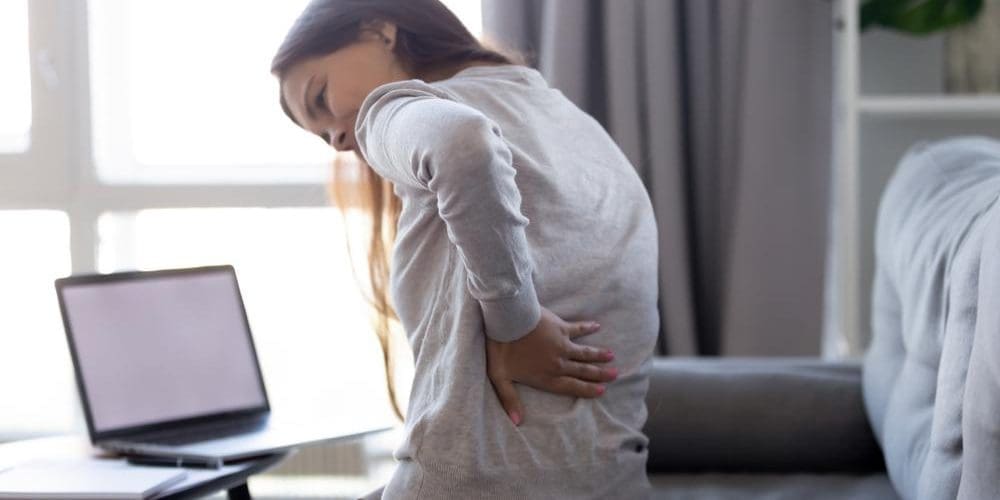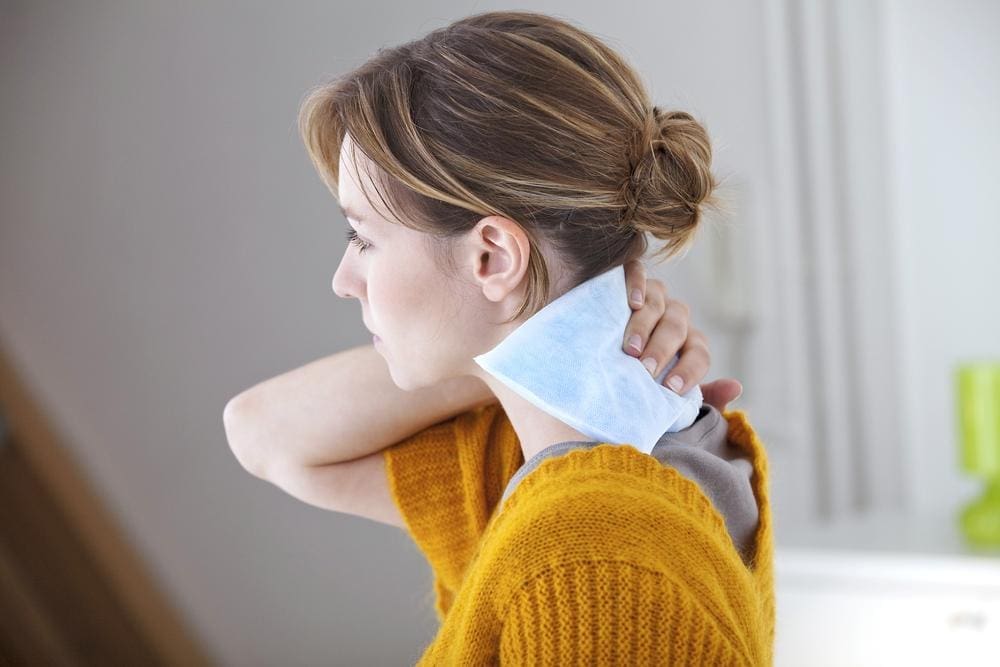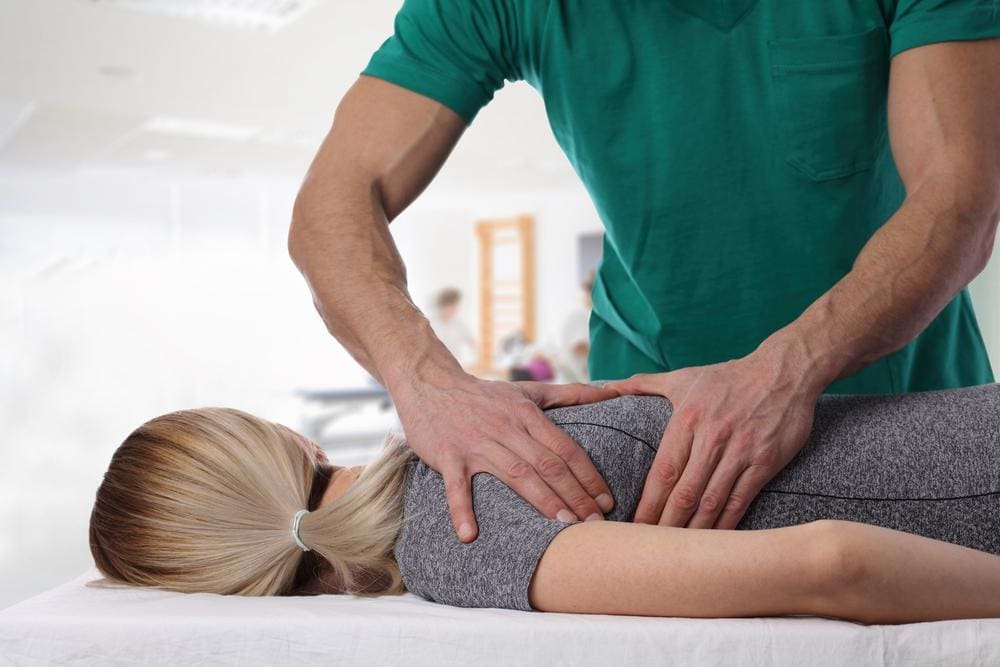
Chiropractic care for stiffness is a non-invasive way to ease this chronic condition. You can use it in combination with stretching and exercise.
Chiropractic treatment can be very effective in treating stiffness, especially if the stiffness is caused by a misalignment in the spine. A chiropractor will use gentle chiropractic adjustment to realign the spine and relieve pressure on the nerves, which can help to reduce inflammation and pain and increase mobility.
When it comes to how our bodies move, stiffness plays a big role. The level of stiffness in our muscles and joints can significantly affect mobility – how easily and freely we can move.
Generally speaking, the more flexible and mobile our muscles and joints are, the better our mobility will be. When we are stiff, it can be much harder to move around and perform everyday tasks.
There are a few different things that can cause stiffness in our bodies. One is simply aging. As we get older, our muscles and joints tend to become less flexible and more rigid, which is why it’s important to stay active as we age, to help keep our bodies as mobile as possible.
Another common cause of stiffness is inactivity. When we don’t use our muscles and joints regularly, they can start to stiffen up, which is why it’s important to stay active and move around frequently, even if it’s just doing some simple stretching or light exercise.
Certain health conditions can also lead to stiffness. Arthritis, for example, is a condition that causes inflammation in the joints, which can make them stiff and difficult to move. There are treatments available that can help reduce the symptoms of osteoarthritis and rheumatoid arthritis and improve mobility.
There is often confusion between stiffness and muscle pain. While both can be uncomfortable, they are quite different. Stiffness is typically caused by inactivity or poor posture, while muscle pain is usually the result of overuse or injury.
People often describe stiffness as tightness or rigidity in the muscles. It can be accompanied by a loss of range of motion and is often the result of sitting or standing in one position for too long or from sleeping in an awkward position. Poor posture can also contribute to stiffness.
Muscle pain, on the other hand, is typically more sharp and localized. It can be caused by overuse, injury, or inflammation. Muscle pain can also be a symptom of underlying medical conditions such as fibromyalgia or arthritis.
There are a variety of muscle injuries that can occur, ranging from mild to severe. The most common muscle injuries include:
Strains: A strain is an injury to the muscle or tendon, which is the tissue connecting muscle to bone. Strains can be caused by overstretching, overuse, or sudden trauma. Symptoms of a strain include pain, muscle spasms, weakness, and swelling.
Sprains: A sprain is an injury to the ligament, which is the tissue connecting bone to bone. Sprains can be caused by overstretching, overuse, or sudden trauma. Symptoms of a sprain include pain, bruising, swelling, and joint instability.
Contusions: A contusion is a bruise to the muscle tissue. Contusions can be caused by direct trauma or impact, such as a fall or a blow to the body. Symptoms of a contusion include pain, swelling, and bruising.
Chronic injuries: Chronic injuries occur over time due to repeated stress on the muscles or joints. Common chronic injuries include tendonitis (inflammation of the tendon) and bursitis (inflammation of the bursa, a fluid-filled sac that cushions the joint). Symptoms of chronic injuries include pain, stiffness, and loss of range of motion.
If you think you may have a muscle injury, it is important to see a doctor or other healthcare provider for an evaluation. Treatment of muscle injuries will vary depending on the type and severity of the injury but may include rest, ice, heat, stretching, and physical therapy. In some cases, surgery may be necessary.

There are a few things that you can do to alleviate muscle stiffness.
First, avoid sitting or standing in the same position for long periods. If you must sit or stand for long periods, take a break every so often to move around and stretch your muscles.
Second, exercise regularly to keep your muscles flexible and less likely to become stiff.
Third, use heating pads or ice packs on your muscles if they become sore or stiff.
Lastly, massage your muscles regularly to help keep them loose and relaxed.
After a strenuous workout, it's common to feel pain and soreness in your muscles often caused by inflammation. This can lead to stiffness, reduced range of motion, and decreased strength. Regular chiropractic care can help reduce this inflammation and pain, allowing you to recover more quickly and return to your normal routine.

There are a variety of different techniques that chiropractors use to help their patients achieve these goals, but some of the most popular and effective ones include:
Manual Therapy: This is one of the most common techniques used by chiropractors to treat muscle stiffness and improve mobility. Manual therapy is a spinal adjustment that involves using the hands to apply pressure and manipulate the muscles and joints. This can help to release tension and increase the range of motion.
Trigger Point Therapy: Trigger point therapy is another popular technique used by chiropractors. This type of therapy involves applying pressure to specific points on the body that are known to cause pain or discomfort. By applying pressure to these points, the chiropractor can help to release tension and improve mobility.
Massage Therapy: Massage therapy is another common treatment option often used in conjunction with other techniques such as trigger point therapy and manual therapy. Massage therapy can help loosen tight muscles, increase range of motion, and reduce pain.
Active Release Technique: Active release technique is a manual therapy used to treat muscle stiffness and improve mobility. This technique involves using the hands to apply pressure and stretch the muscles and joints. This can help to release tension and increase the range of motion.
If you're feeling stiffness in your body, it's important to figure out the cause. Sometimes, stiffness is caused by poor posture or sitting in one position for too long. Other times, it may be due to an injury or a medical condition.
If you're unsure what's causing your stiffness, it's a good idea to see a doctor or chiropractor. They can help you figure out the cause of your stiffness and recommend treatment options.
In some cases, you can get relief from stiffness with simple stretches or exercises. However, if the cause is an injury or a medical condition, you may need more aggressive treatment. Your doctor or chiropractor will be able to recommend a treatment course.

© Accident Care Chiropractic | Hablamos Español
Located in: North Portland, NE Portland, SE Portland, Gresham, Clackamas, Oregon City, Hillsboro, Bethany, Beaverton, Tigard, Forest Grove, Woodburn,
McMinnville, Keizer, Salem, South Salem, Bend, Springfield, Vancouver, Hazel Dell, East Vancouver, Pasco, Kennewick, Lakewood.
We Specialize in Car Accident Treatment & Recovery
Home | About Us | Testimonials | Blog | Sitemap | Privacy Policy | Services | Locations | Contact Us